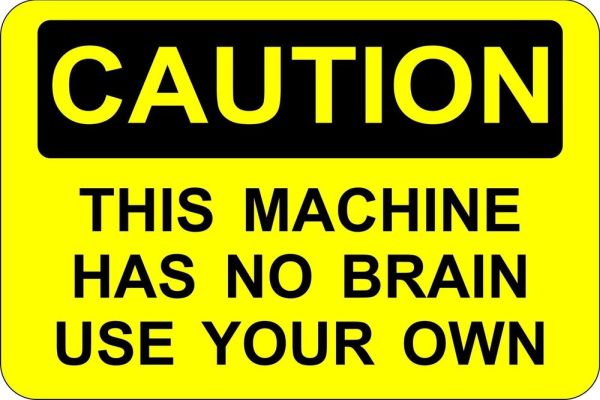Published on the 17/10/2017 | Written by Dan Ussher

As the hype around bots builds to a crescendo, Dan Ussher, Unit4 ANZ Sales Director, ponders good and evil, bad and better…
With recent advances in natural language processing, machine learning, and other AI technology, bots are starting to prove their worth. Yet there is a still a way to go before bots can reach their full potential, and much of that is down to our own human understanding and trust issues. The new generation of AI is carefully designed with the end-user in mind to ensure its accessibility to workers in every industry. It meets users where they are already comfortable, conversing through common communication software such as Skype and Facebook Messenger. The software is capable of understanding user instructions without requiring certain key phrases, and most importantly, it learns from experience. After showing these systems how a transaction should be done, how an exception should be processed, and what the user’s typical habits are, they remember – and they can apply this information to similar situations. So – what should organisations look for when choosing to adopt a bot? Below are a few recommendations on what features make a great bot. Multi-Threaded processing Multi-thread processing would enable bots to have several conversations at the same time, despite each thread being at different stages of the process. This would be superior to what’s on offer now, and it’s evident that companies will shift towards this approach in the near future. After all, an individual’s engagement with a bot should be seamless. AI functionality is key As the technological evolution continues, popular consumer bots will gain further functions. The number of bots will also increase in the enterprise space as well, such as Slack, Yammer, Skype, Facebook, and Twitter. Human customer service or bots? Clarify bot functionality Bot quality should also be tailored for customer service applications. If the bot’s response to every situation is “I don’t understand the question”, then it’s useless. Therefore, an escalation channel is required for customers to interact with a human when required. Instead of inflaming a negative situation, bots should ideally identify negative sentiments and direct them to a customer representative. In situations like these, a lack of empathy and response can make things worse. Expectations are that in the future, bots will be so intelligent that people won’t be able to tell the difference between a bot and a person. But we’re not there yet; even as increased adoption normalises the bots’ position as the first contact point, it is necessary to carefully consider strategy in this transitional phase. And again – be crystal clear that customers are speaking to a bot from the outset to minimise potentially negative situations. Dan is a senior executive with over 20 years’ experience. Currently ANZ Sales Director at Unit4 based in Sydney.
The Alexas and Cortanas of the world do an effective job at accomplishing tasks if the tasks are presented one at a time. However, a multi-threaded version of these digital personal assistants would enable them to remember multiple situations.
Presently, the AI component of popular bots – Cortana, Alexa, Siri – has been limited by its natural language processing and basic functionality tied to fixed data. To become more successful, bots need to be proactive to ensure meaningful communication. The ability to learn user preferences and behaviour is essential to offer the right services at the right time.
According to a LivePerson report, Australians are not concerned by companies offering customer service via bots rather than humans. Yet the findings highlighted their expectations for the same or better service. The best practice is to be upfront when the customer is engaged with a chatbot. If customers are hesitant to interact with a bot, give them the option to speak with a person.
Bots are still new to many people. That means you need to be clear about its capabilities. Set expectations to avoid creating negative customer experiences.





























